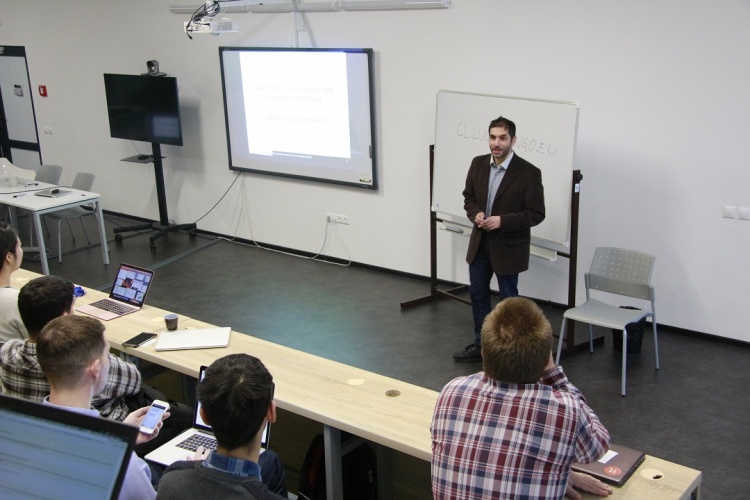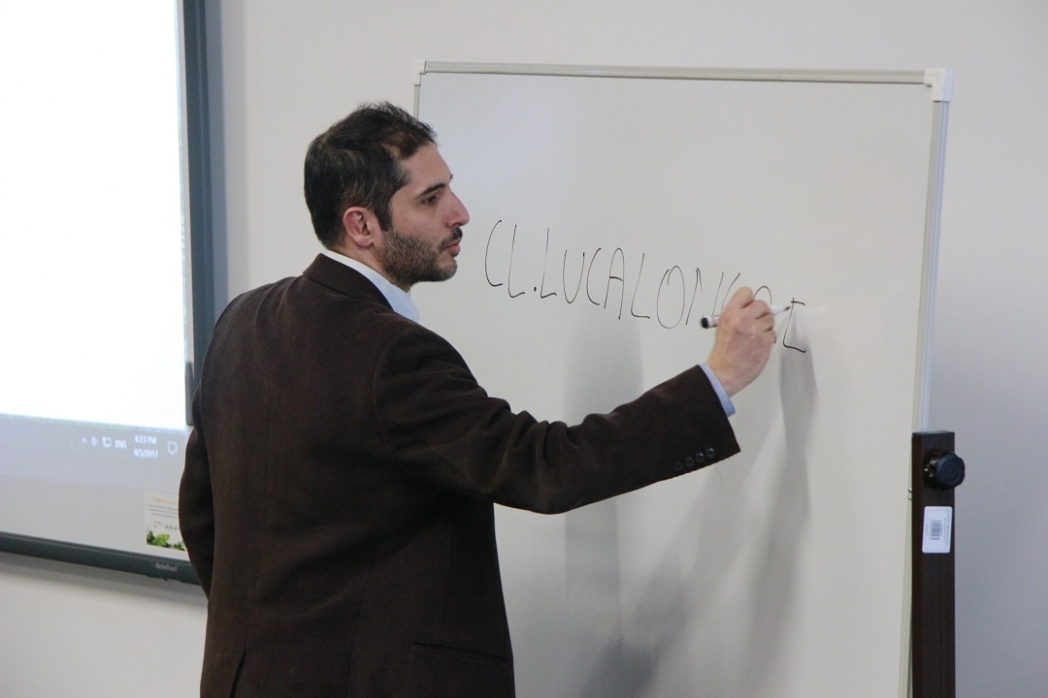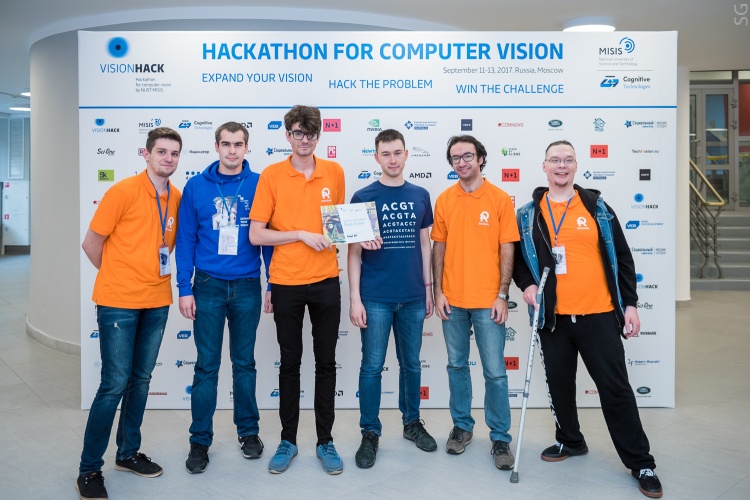Professor Luca Longo visited the Russian IT University in the framework of cooperation between Innopolis University and Dublin Institute of Technology. The two higher education institutions received funding from Erasmus+ to promote the mobility and exchange of their teaching staff.

The programme allows faculty members of Innopolis University and Dublin Institute of Technology to visit each other to work on joint projects and research, organise lectures, seminars and workshops for 1,5 years. Luca Longo, winner of the National Teaching Hero Award, and Manuel Mazzara, Director of Institute of Technologies and Software Development at Innopolis University, initiated cooperation between the Irish and the Russian universities.
Luca Longo’s visit has become the first step in the framework of cooperation between the two higher education institutions. Professor Luca Longo gave a lecture to students and met faculty members of Innopolis University, Dr. Victor Rivera and Dr. JooYoung Lee, to discuss their participation in the research project on students’ cognitive load that will help teachers better shape the educational process, choose a suitable teaching material and find the best way to present it in order to achieve optimal learning.
“The main reason to measure mental workload is to predict human performance. If we know the performance of a human dealing with an interactive system or a device, whether it is a mobile phone, website, a tablet, a computer or more advanced technical facilities, we can develop better design systems and interfaces aligned to the human mental limited capacities. Thus, if we are able to predict human performance, we can try improve user satisfaction, minimise errors, and design a better system for humans”, — explained the professor.
According to Dr. Luca Longo, the concept of the mental workload is currently applied in different areas. If we take an example of cockpit interfaces in airplanes with several buttons, in this scenario pilots need to stay optimally concentrated to avoid mistakes and respond to external stimuli within a limited reaction time. The concept of mental workload is also used in medicine. For instance, operating theatres might have several displays and appliances to support a surgeon in the work. However, these devices need to be optimally designed in a way that they do not add further burden on the surgeon who can, in turn, be fully focused on the patient.

Dr. Luca Longo outlined three methods that are used to measure mental workload: subjective, objective and physiological measures. Subjective measures refer to gathering subjective feedback from users by means of questionnaires or qualitative data gathering techniques. Objective measures imply keeping track of the time a person needs to perform tasks or the number of mistakes. Physiological measures make use of technologies to measure the responses of the human body like skin conductivity, heart rate, blood pressure, pupil dilation, expansion and movement. All these indicators are believed to be correlated to mental workload. So far, these measures are used independently but the goal is to create a more robust model of mental workload that incorporates all of them to predict human performance.
“We can roughly describe what mental workload means but it is very difficult to measure it for a number of reasons. We do not have yet precise and non-invasive technologies to shape the structure of mental workload. We are not fully aware of the dimensions that best describe mental workload and limited work as been done on computational models to aggregate all these dimensions together. So, this is an open research. I think we need a number of years to try to understand the mechanisms of the structure of metal workload”, — added the professor of the Dublin Institute of Technology.
